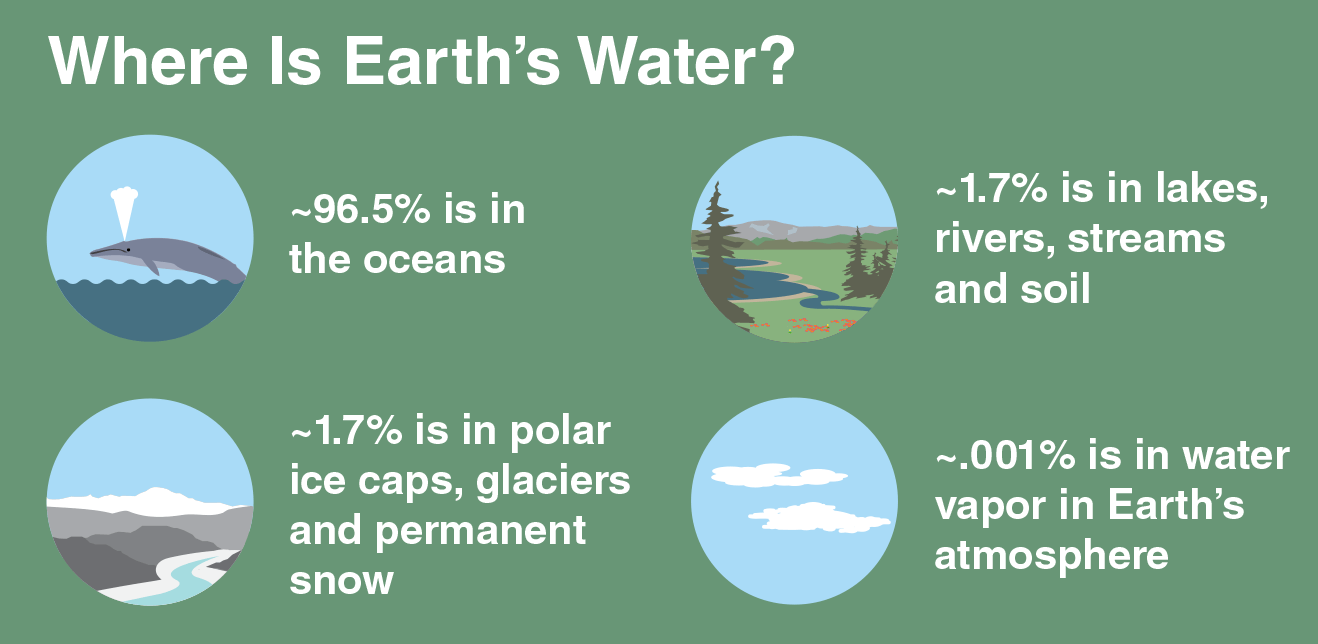Hurumanu: The Water Cycle
AIM: TO LOOK AT THE WATER CYCLE AND HOW CLIMATE CHANGE IS AFFECTING IT.
Definition:

Scientific words:
- Evaporation. When water is heated by radiant energy it turns into water vapour.
- Transpiration. Evaporation from plants.
- Condensation. When water vapour cools, molecules join together and form clouds.
- Precipitation. When clouds get heavy the waters falls as rain, sleet, hail, or snow.
- Acidification: the action or process of making or becoming acidic.
We will be conducting an experiment that looks at the different ways that climate change is affecting the water cycle.


THE WATER CYCLE EXPERIMENT
Bag 1: Normal Water cycle
Bag 2: Water cycle with CO2 added: like Oceans in climate change
Bag 3: Water cycle with ice added: like Antarctica in climate change
Material:
- 1x cup Water / Soda Water
- 3x Bag
- 1x Blue Food Colouring
- 1x A piece of Litmus Paper
- 1x Permanent Marker
- Sand
Steps:
- Get a piece of a large bag and a permanent marker from a teacher.
- Draw the water cycle on the bag and labelled it (optional)
- Pour a 1 cup of Water or Soda water into the Bag.
- 2 drops of blue food colouring into the bag.
- Hang the bag in the window.
- In Bag 2 I added a piece of Litmus paper hanging at the top. Make SURE it doesn't touch the water.
Two Images:
Findings:
The Water Cycle: Bag 1
|
CO2 Water Cycle: Bag 2
Acid
|
Desert Water Cycle
Bag 3
| |
Does it cycle?
| Yes | Yes | Yes |
Amount of Water
| 2 | 2 | 2 |
Acidity
| 1 | 3 | 1 |
Key: Water and acidity amount: 1 = none
2 = small
3 = large
Other comments:
1. Bag 1 cycled water.
2. Bag 1 had a small amount of water.
3. Bag 1 had none of the Acidity.
4. Bag 2 cycled water.
5. Bag 2 had a small amount of water.
6. Bag 2 had a large amount of acidity.
7. Bag 3 cycled water.
8. Bag 3 had a small amount of water.
9. Bag 3 had none of the amounts of acidity.
Conclusion:
Bag 1 had cycled water, it has a small amount of water and it has none of the acidity.
Bag 2 had cycled water, it has a small amount of water and it has a large amount of acidity.
Bag 3 had cycled water, it has a small amount of water and it has none amount of acidity just like Bag 1 it is almost the same.
Draw a labelled diagram of the Water Cycle
Water cycle words:
- Precipitation
- Hurricanes
- Acid rain
- Evaporation
- Carbon Dioxide
- Water
- Defirestation
- Water vapour
- Transpiration
- Flooding

No comments:
Post a Comment
To support my learning I ask you to comment as follows:
1. Something positive - something you like about what I have shared.
2. Thoughtful - A sentence to let us know you actually read/watched or listened to what I had to say
3. Something thoughtful - how have you connected with my learning? Give me some ideas for next time or ask me a question.